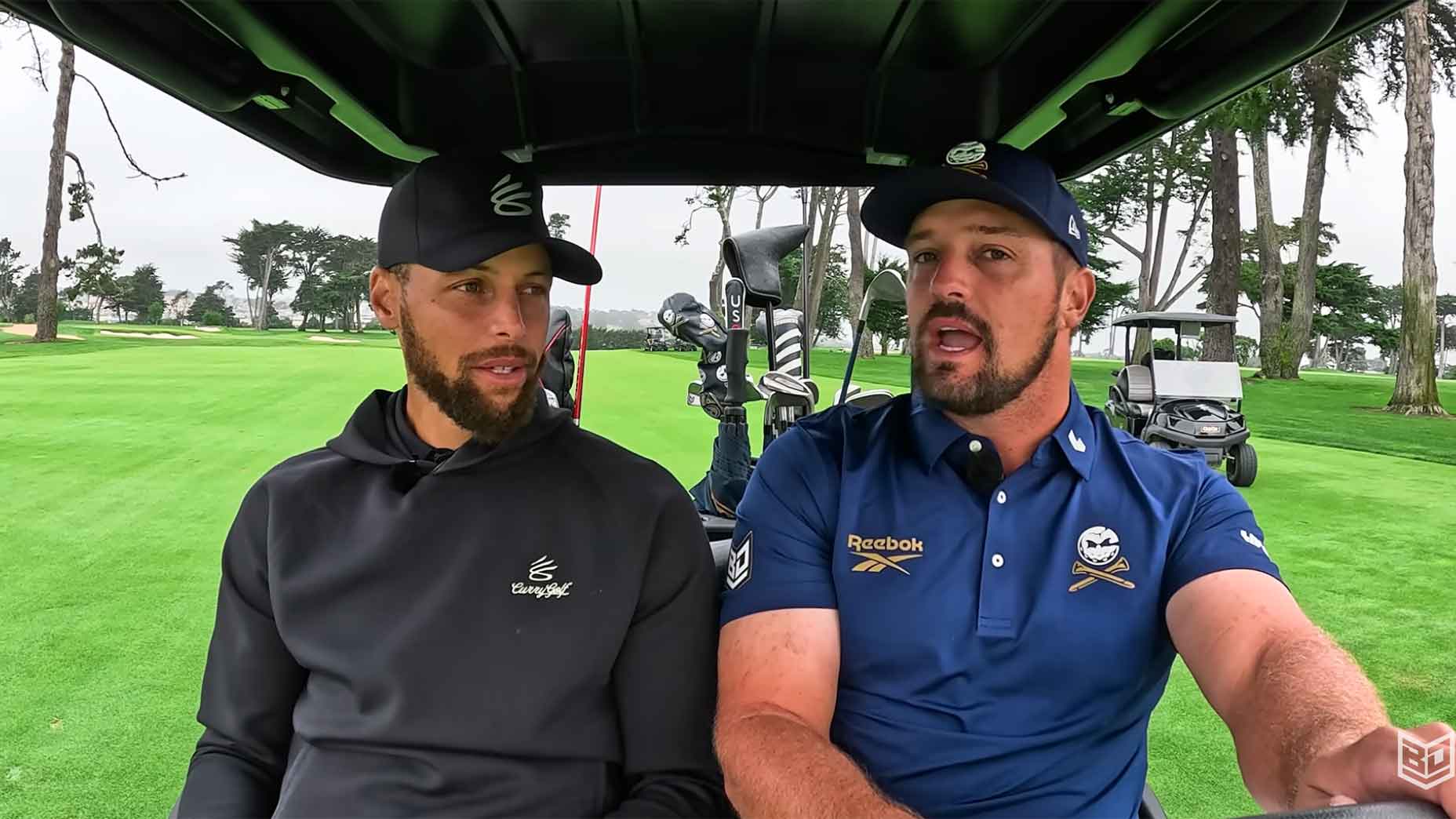Does your equipment need an update this spring? If you suffer from any of these five common performance ailments, it may indicate that your clubs—not your swing—are hurting your game.
PROBLEM: Inconsistent ballstriking, off-center hits
SOLUTION: Shorter shaft lengths
Club lofts and lengths have changed a lot in recent years. Drivers used to be 43 inches long. Now industry standards have evolved to a minimum of 45 or 46 inches. While longer club length can mean more distance, this makes it harder for you to find the center of the clubface. Shorter clubs create more shots that hit the sweet spot, which in turn helps you knock it farther. Look at Sergio Garcia: He uses a 43-inch shaft, and he possesses length and accuracy off the tee.
PROBLEM: Frequent pull hooks
SOLUTION: Flatter lie angle
Manufacturers want to help eliminate slices by making lie angles more upright. Sounds good, but when lie angles are too upright, players end up gripping the handle of the club more in the palm; this creates less of an angle between your arm hang and your shaft angle, and that can impact your ability to turn. The result? Pull hooks. So make sure to verify that your lie angles fit your swing. You might see a great benefit—instantly.
PROBLEM: You struggle to get the ball in the air
SOLUTION: More loft
I have a hard-and-fast rule with all of my Tour players: Never put a club in your bag if you feel like you have to help it get the ball into the air. Most recreational players equate less loft with more distance, but they don’t have enough ball speed and backspin to pull it off, which is why they need more loft. A 9-degree driver won’t go farther than a 12-degree driver if you don’t generate the appropriate ball speed and backspin. You need to find a loft that lets you easily and comfortably get the ball airborne. Also, make sure your fairway woods have plenty of loft. A 3-wood should be 15 or 16 degrees.
PROBLEM: Inconsistent hand action and a worn glove heel
SOLUTION: Bigger grips
I estimate that 75 percent of everyday players use grips that are too small, which makes the club twist in their hands. A twisting club makes you virtually strangle the handle, and this increased tension eliminates hand action. Hello, clunky contact. A larger grip, on the other hand, helps you relax your hands. The right-size grip lets you hold the club more lightly with less tension. This increases your sense of hand feel—not to mention your ability to make crisp, consistent contact.
KOSTIS TWITTER TIP: Save more shots
I look forward to seeing how the top 50 players in the world stack up against each other this month at Doral at the WGC-Cadillac Championship. The short game will be key, and that’s also true with your game—especially if you’ve taken a winter golf break. To scrape off the rust, try this greenside drill: Take 10 balls and see how many you can get up and down from different areas. Remember, the best pros scramble for par about eight times out of 10. How does your game compare?
Got a swing question for Peter Kostis? Tweet him at @peterjkostis. Follow Kostis on Twitter at @ peterjkostis. For all our Tweeters, visit golf.com/twitterlist.
For more news that golfers everywhere are talking about, follow @golf_com on Twitter, like us on Facebook, and subscribe to our YouTube video channel.






